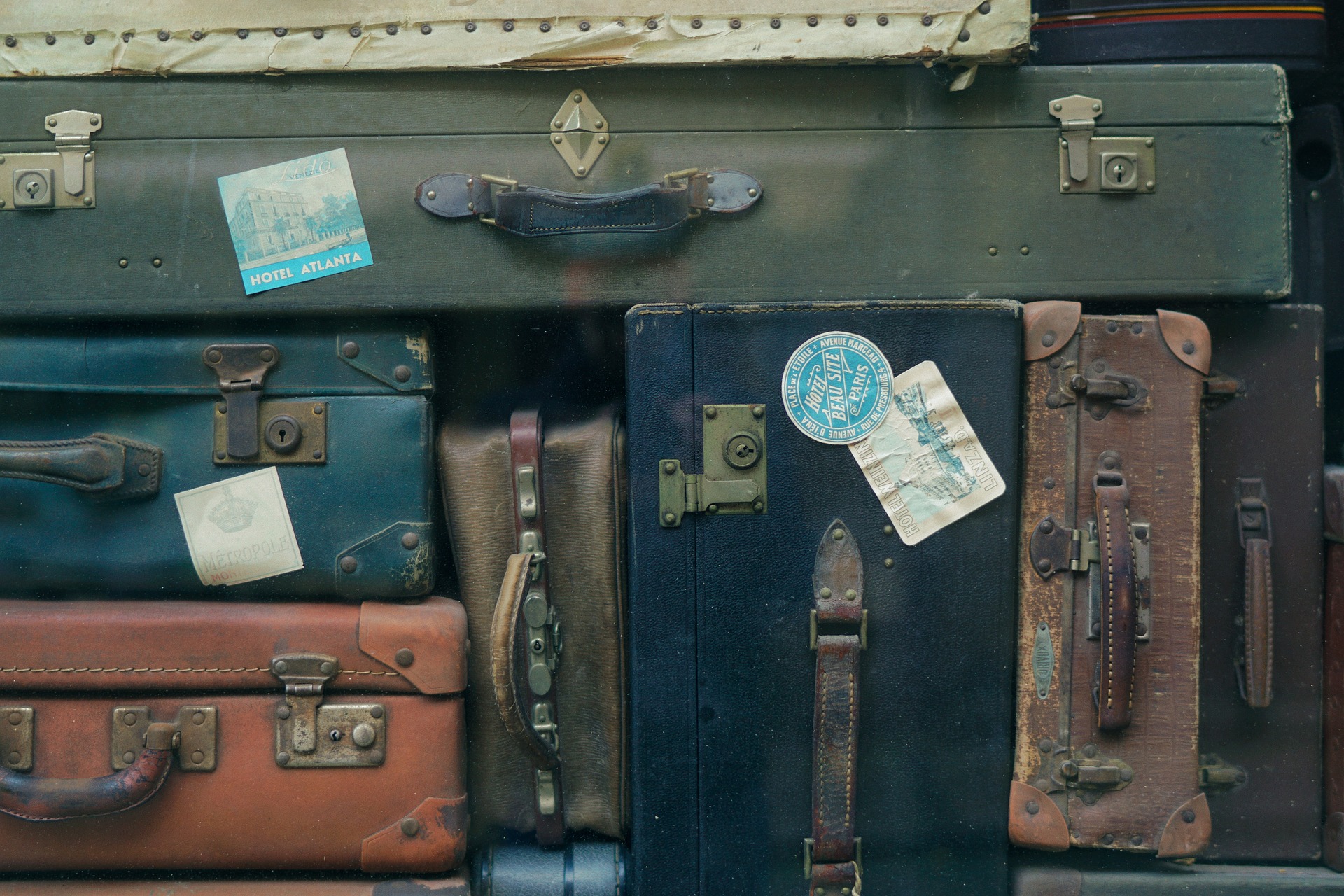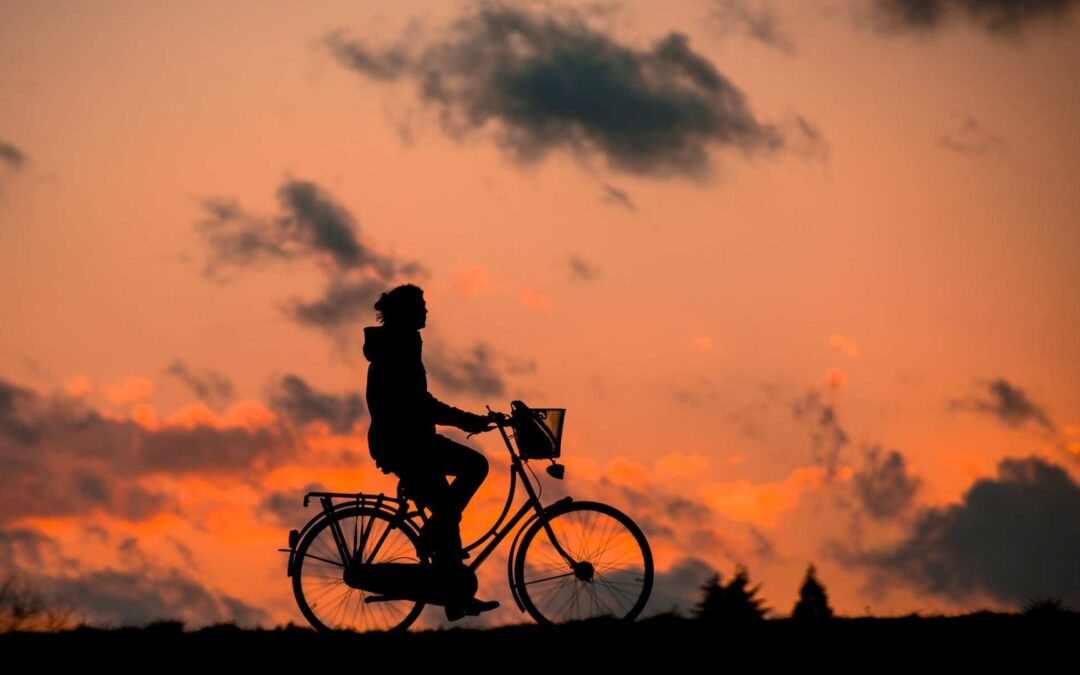Travelling by bike is the best way of enjoying the landscapes, do sport and being outdoors. All at the same time! The times when we paid 30 euros to catch a flight are over. We discovered that it is not the mot sustainable option, neither.
Trends are changing and now, travelers demand options that do not require go through an X-ray half-naked. Cycling is an amazing option, providing flexibility, a lot of time outdoors, and a better physical shape.
Social media is crowded with people looking very professional with their bikes while riding huge distances. They did not reached that point overnight, there has been a process (as always).
If you want to start cycling and you have no idea where to start, today we will set the first steps.
Define a budget
Cycling has become a cheap option when it comes to traveling. Nevertheless, the initial investment will be higher compared to after-expenses. This is why you need to define a rough budget to avoid surprises. The main challenge when it comes to cycling is the extended range of op,tions there are available. It is a crowded market, and there is always a better frame, a better shifter or a better brake type. The key is to define what is enough for you.
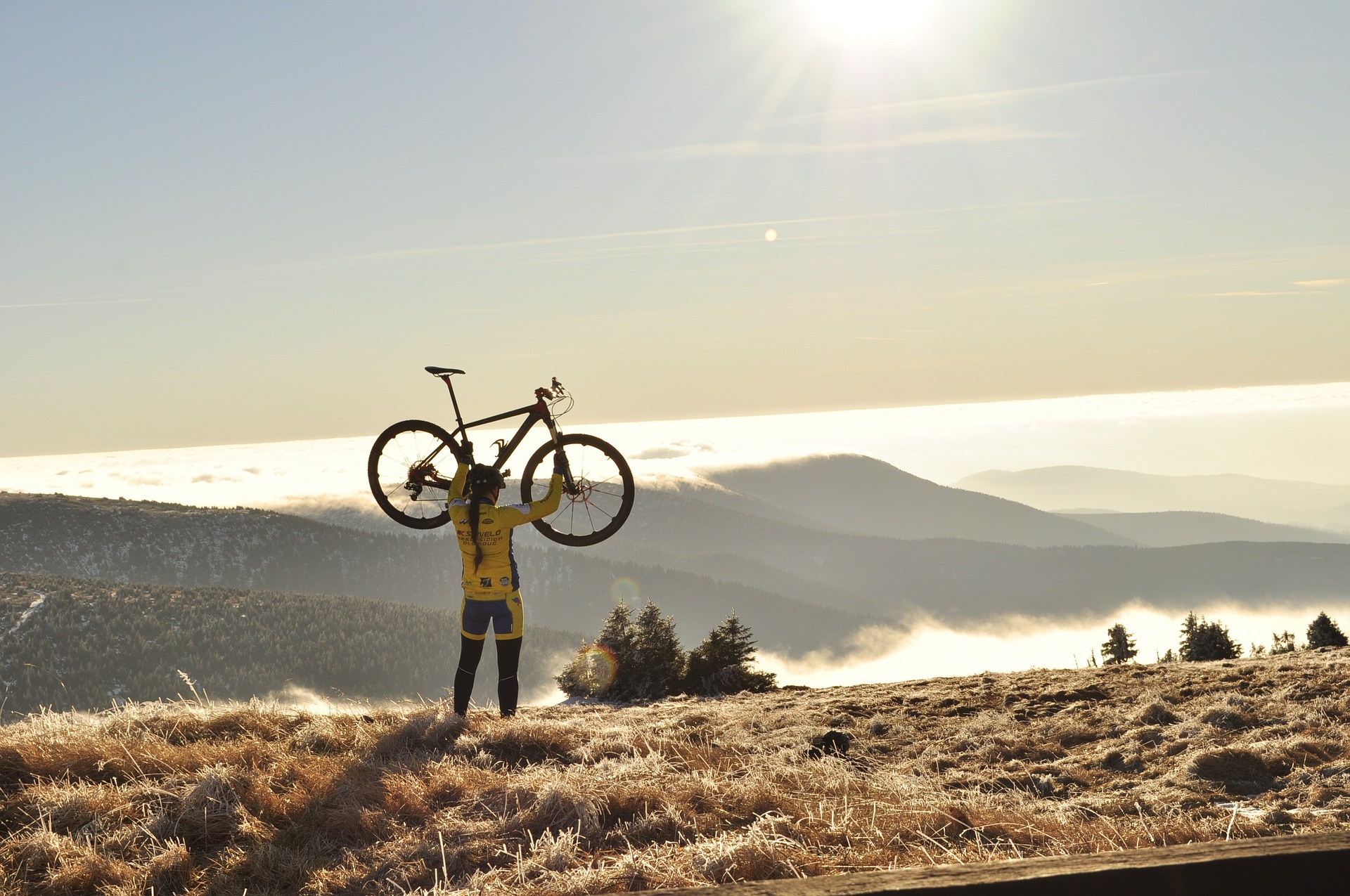
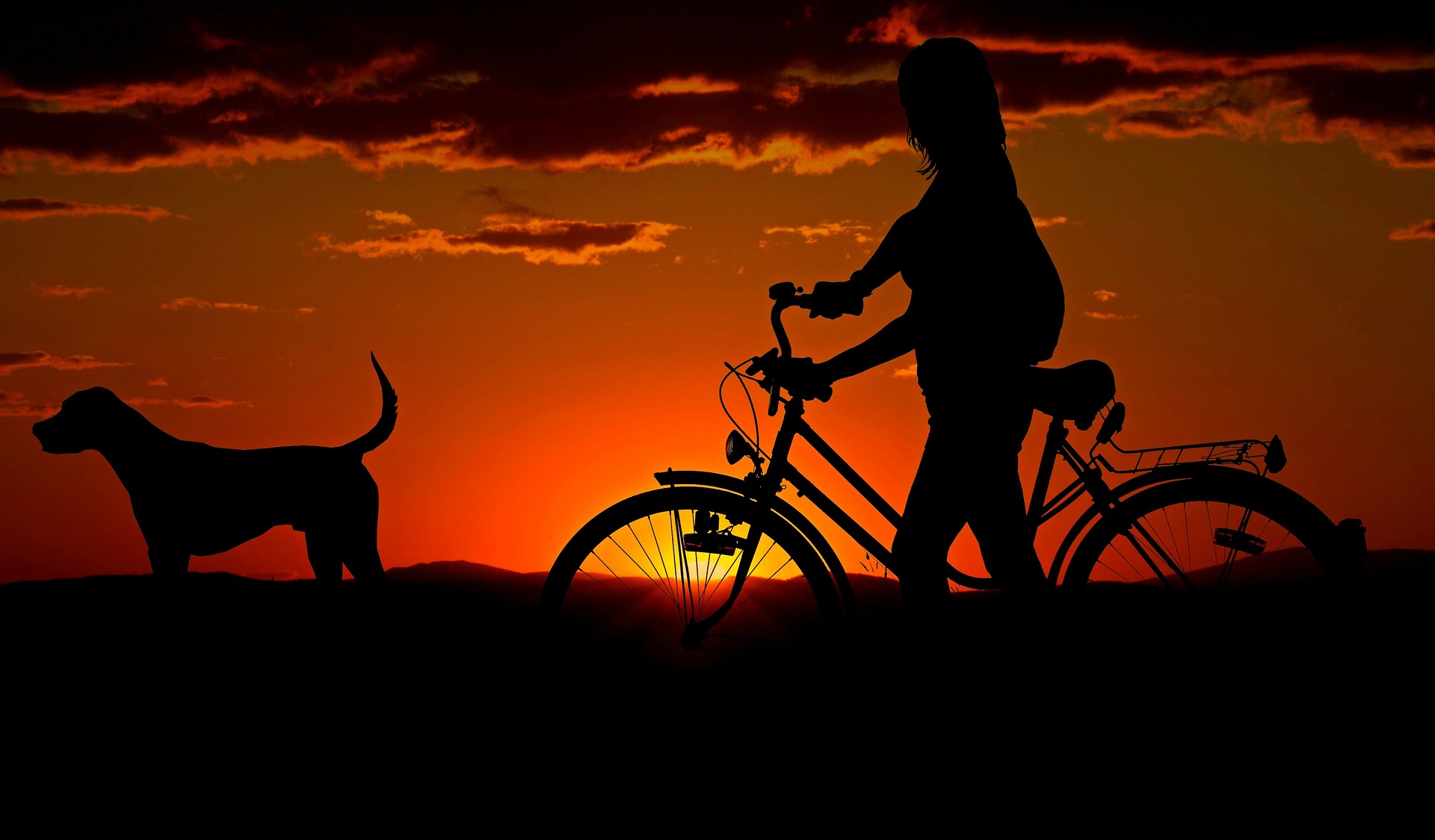
Start small
New to cycling?
Start with day trips
Not that new?
Start with weekend trips
The phrase “Go big or go home” has generated the illusion that always need to go for the maximum in everything: money, distances, places… And that if you do something in between, you should give up.
There is a better and more reasonable approach, which consists of adapting the distances to what you want. There is no need of doing 200 km in your first weekend. Start visiting places you already know with your bike, see what you like, and use it to plan your next trip.
Plan your route
Calculate the maximum distance you would like to do and always add some margin distance. For different reasons (losing some signs, additional tours), it is likely that you will end up cycling a few extra kilometers. Always plan your route and memorize 2-3 critical places. You can use your smartphone or a dedicated GPS to plan and follow the routes. In some countries, the bike paths are labeled with numbers, so you can write down all the numbers you want to follow on a sticky note and stick it to the bike frame.
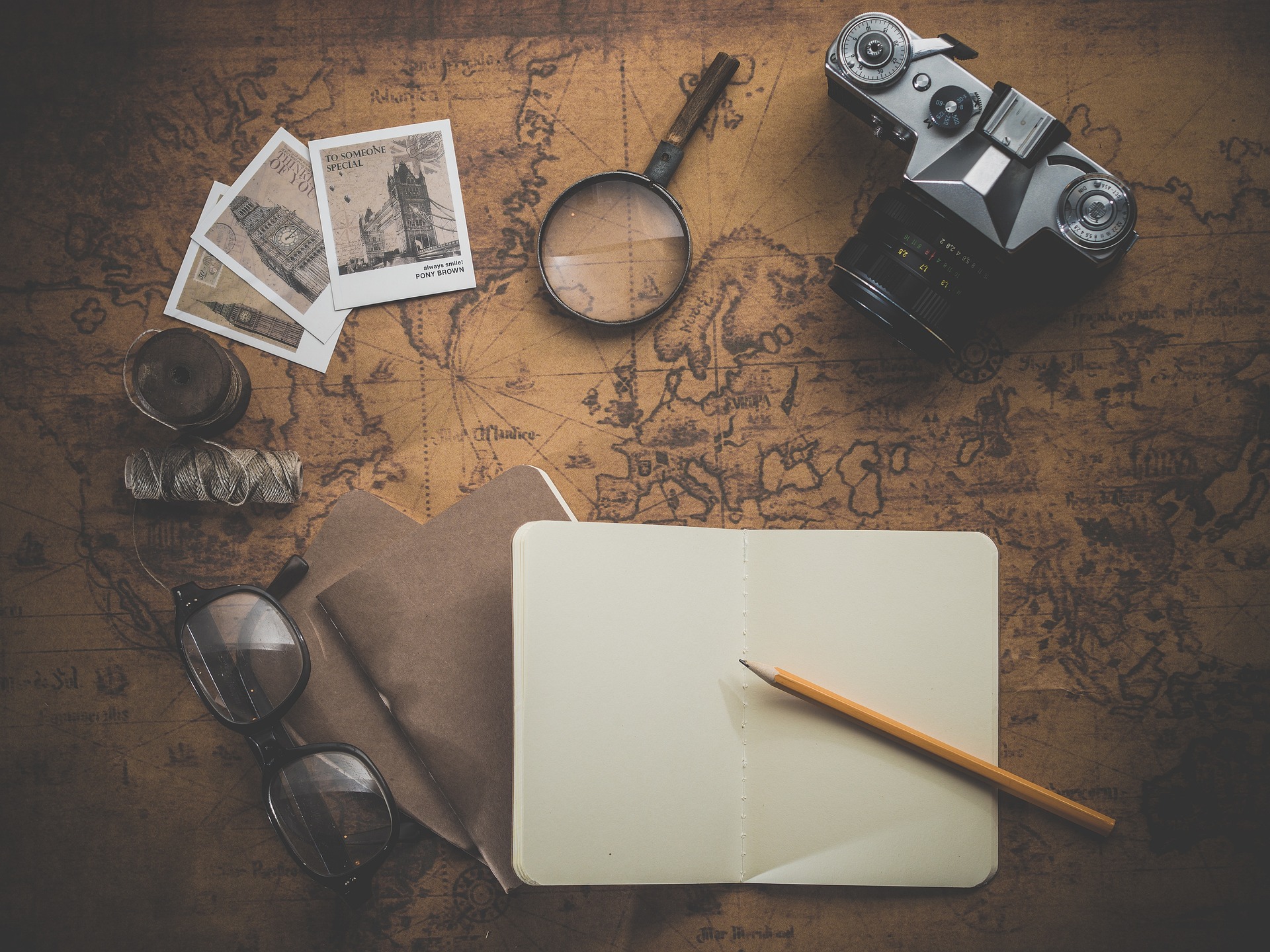
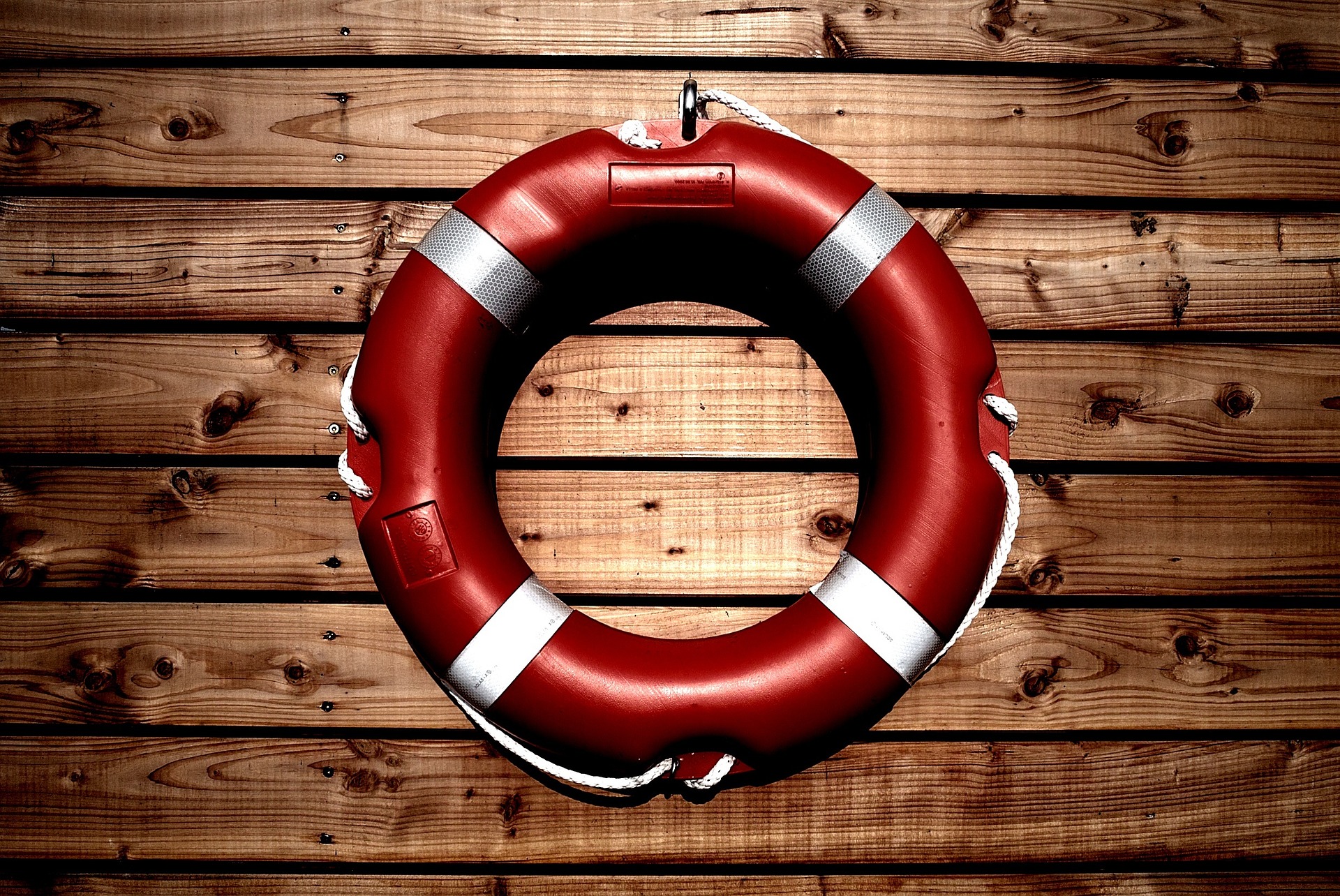
Prepare for emergencies
Both beginners and expert cyclists fall from their bikes at some point in their route. It can be due do different reasons, such as some unseen stones, a lose of balance because a new weight distribution, or another person that went through your way. In any case, it is better to make the job easy to the people that are around you in case you get injured. Keep with you in place that is easy to find, the medical relevant information (allergies, special medications…) as well as the phone number of the person they should notify.
Make a packing list
There is no worse feeling that realizing that you forgot your tire pump when having a flat tire. It is easy to forget something when you check your packing in a rush. It is better to make a list in paper, and check every element one by one before jumping into your bike.
